Native Instruments Traktor Kontrol S4 MK3 Bruksanvisning
Native Instruments
DJ-utrustning
Traktor Kontrol S4 MK3
Läs gratis den bruksanvisning för Native Instruments Traktor Kontrol S4 MK3 (92 sidor) i kategorin DJ-utrustning. Guiden har ansetts hjälpsam av 23 personer och har ett genomsnittsbetyg på 4.7 stjärnor baserat på 12 recensioner. Har du en fråga om Native Instruments Traktor Kontrol S4 MK3 eller vill du ställa frågor till andra användare av produkten? Ställ en fråga
Sida 1/92

Produktspecifikationer
| Varumärke: | Native Instruments |
| Kategori: | DJ-utrustning |
| Modell: | Traktor Kontrol S4 MK3 |
Behöver du hjälp?
Om du behöver hjälp med Native Instruments Traktor Kontrol S4 MK3 ställ en fråga nedan och andra användare kommer att svara dig
DJ-utrustning Native Instruments Manualer

3 Januari 2025

22 September 2024

14 September 2024

14 September 2024

14 September 2024

14 September 2024

26 Augusti 2024

16 Augusti 2024

15 Augusti 2024

10 Augusti 2024
DJ-utrustning Manualer
- Eliminator Lighting
- Technics
- Chauvet
- Reloop
- Thorens
- Nevir
- Akai
- Festo
- MWM
- Nektar
- Roland
- Denver
- Eurolite
- Cheetah
- Silvercrest
Nyaste DJ-utrustning Manualer
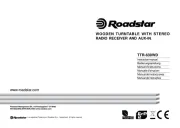
18 Oktober 2025
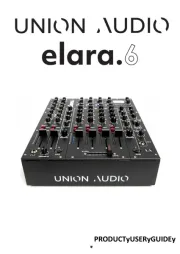
7 Oktober 2025
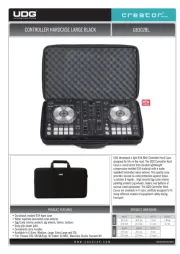
7 Oktober 2025
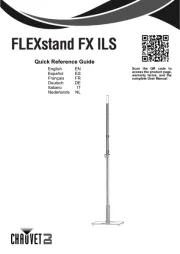
6 Oktober 2025
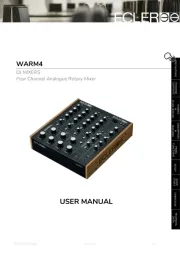
6 Oktober 2025
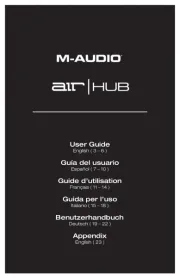
5 Oktober 2025

4 Oktober 2025
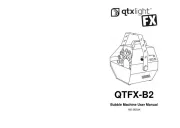
4 Oktober 2025
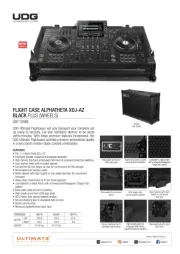
3 Oktober 2025
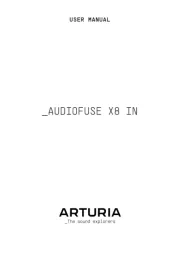
2 Oktober 2025